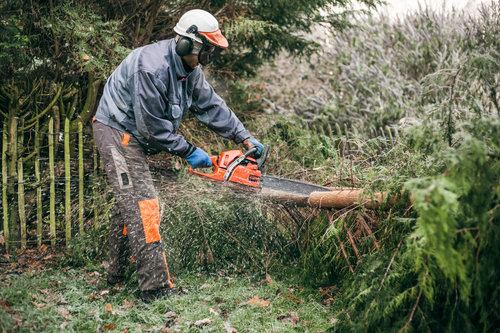Signs of a Dead, Dying, or Dangerous Tree
Trees provide so much to our homes and businesses. Cooling shade, beautiful view, and our own piece of nature in the comfort of our back yard. But they can be a danger as well. When trees age, they suffer disease, dry rot, or a number of other conditions that put individual branches or even the whole tree at risk of falling. Of course, sometimes a tree fall is completely harmless, and this happens a lot according to the wnytreeservices.com website. But other times, they can cause expensive property damage, serious injury, or even death.
Whether you tree is dead, dying, or otherwise dangerous, use these inspection tips to decide if it might be time to call in a professional arborist for pruning or removal.
Inspect the Whole Tree
Stand far away from the tree so that you can see the entire thing in one view, trunk to top. The first thing to look for is leaning. If the trunk has a very heavy lean, especially if you can see the roots pushing up earth on one side, then it is likely at risk of falling. Next, look for dead branches. If a branch is devoid of leaves when others are lush, or if it’s not dropping leaves in the fall, then chances are it’s dead. Assess the potential damage of each dead branch you spot. It doesn’t take more than a windy storm to send a branch hurtling, so anything the size of a baseball bat or larger needs to be pruned back for safety. You can learn more over at the Western New York Tree Services page.
Inspect the Bottom of the Tree
First, look at the earth directly surrounding the trunk. If the soil is cracked or pushed upwards, it could be a sign that the tree is uprooting itself. At the same time, keep your eye out for mushrooms or other fungus in this area. These are an early sign of root rot, which could destroy the structural integrity of the tree as a whole. Once a tree becomes weakened at the base, it is more prone to topple and can pose a serious risk to people and surrounding property.
Inspect the Trunk
Examine the trunk all around from top to bottom. You are looking for any signs that might indicate rot, disease, or other weaknesses. Large cracks or fissures in the tree could be indicative of a greater problem, and may require professional inspection in order to diagnose. Patches of missing bark often indicate dying wood beneath. Materials that look like sawdust, wood shavings, or tiny balls of sap are a sign of infestation—ants and beetles!
Start with the big picture, move on to the base, and then look at the trunk top to bottom. Any signs of wear and tear should be examined by a professional arborist or tree company before a fallen tree leaves you with a world of regret.
